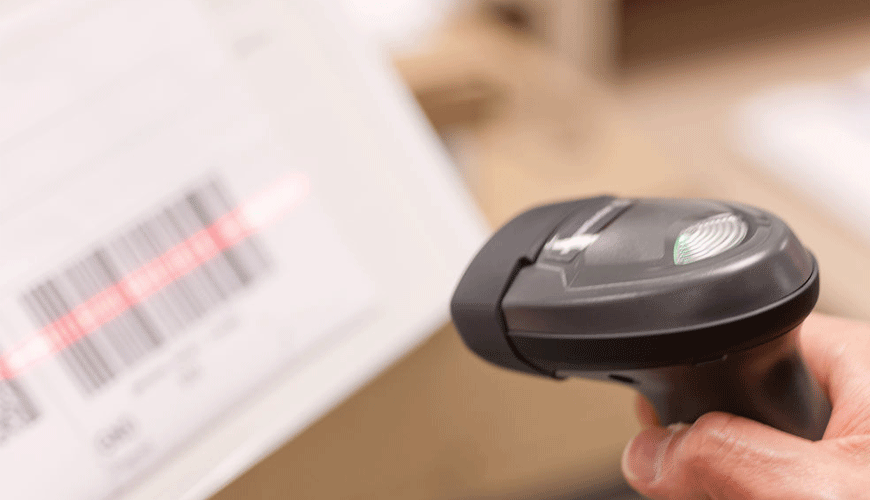

The Consumer Protection Safety Enhancement Act (CPSIA) was implemented to support consumer protection power against unsafe products by giving increased enforcement power to the Consumer Product Safety Council (CPSC).

The overall goal of Chapter 103 is to increase recall efficiency. The tracking label achieves this goal by helping a consumer determine whether their product is subject to a recall, by providing information to help a manufacturer target the problem and initiate an effective corrective action program.
Manufacturers should consider this purpose when considering what information to include on the tracking label. While the Code discloses some necessary "available" information, different supply chains may want to consider including additional information to fulfill the overall purpose. Note that this tool can also help manufacturers limit the number of products affected by a recall.
In many cases, a product can be processed by several manufacturers in different plants. As a result, the facility that implements the tracking tag may simply be the facility with the ability to add information. However, the tracking tag should act as a link back to the final stage of production. For example, a company might produce a batch of plain white cotton T-shirts with tracking label information 123 on them. Half of that batch goes to another manufacturer, who then screen-prints the shirts. The other half of the lot is sold directly to a retailer. In this case, tracking information 123 does not reflect additional actions in which a product hazard could arise. A company should work harder to install internal tracking systems to allow the manufacturer to trace the origin of the product's components.
What Do Tracking Tags Require?
Country of origin
Although your product may contain ingredients manufactured in more than one country, the label must reflect the final processing stage of the product.
Production date
This can be difficult due to the variable times required to make different products, sometimes months to months depending on the process and batch size. Many companies use "factory expiry dates" even though they technically expired long before that date. It's up to your company to narrow down the specific date on the label as much as possible.
Cohort Information
More variables depend on this information, so your company's "cohort" or group from which the product originates may be identified through a batch or work number, a purchase order number, or other identifying characteristics. In certain situations, such as clothing, style or design, it is the best way to specifically describe the product.
Permanent bonding
A label that is both visible and readable must be printed or engraved on the product for it to be considered permanent. Adhesive paper labels will not be accepted as permanent.
Exemptions
The CPSC is not specific about exemptions, but insists on labeling "to the extent practicable" on the product itself or on its packaging. Items such as children's jewelry cannot practically be labeled on every item, so clear labeling of the accompanying packaging is highly recommended. Certain textiles, such as those made from natural fibers, may also be exempt from labeling.
EUROLAB assists manufacturers with CPSIA Section 103 test compliance. Our test experts, with their professional working mission and principles, provide you, our manufacturers and suppliers, the best service and controlled testing process in our laboratories.
To get an appointment, to get more detailed information or to request an evaluation, you can ask us to fill in our form and reach you.